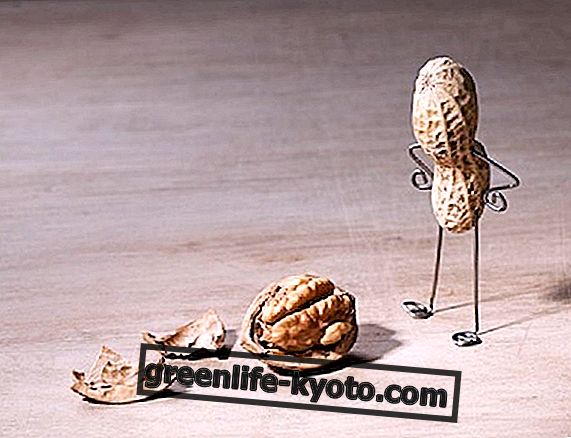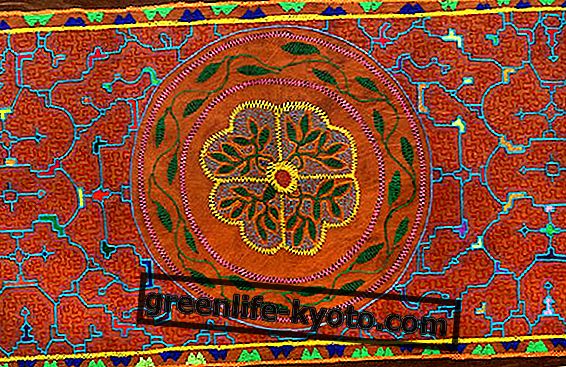
Vegetable charcoal can be used as a sweetener in bakery products with the function of coloring : it is in fact defined with the initials E153.
It can be used for the production of dough, pizza dough, crackers, breadsticks, friselle of dark color.
In this regard there have been many controversies and misunderstandings about the claims dictated by the European community on the use of vegetable charcoal in the food sector, so much so that some products had been withdrawn from the market because they were not compliant with the law.
We try to understand better by helping ourselves with what is sanctioned by the Ministry of Health.
Vegetable charcoal as a dye
The European regulation reg. UE 231/2012 establishes that the vegetable coal is one of the dyes for food use and codifies it as E153. It can be used for a variety of foods, including baked goods, but limits its use in the case of proper bread production.
Instead, it can be freely used for those products defined as " bread substitutes ", such as crackers, breadsticks, rusks, friselle, gallette.
Effects of Vegetable Coal
The risk in the commercial sphere is that of creating false indications regarding a presumed beneficial or toxic effect of bakery products containing vegetable carbon.
In this dispute the EFSA intervened, the European Food Safety Authority which on the one hand verified the total innocuousness of the E 153 dye within certain parameters and on the other it allowed that on the label of the products containing the Vegetal Carbon can be indicated "I activated carbon contributes to the reduction of excessive post-prandial flatulence " only for those foods that contain 1 g of activated carbon per quantified portion, with the integration that "the beneficial effect is obtained by taking 1g of activated carbon at least half an hour before meals and 1 g immediately after the meal ".
What is Vegetable Coal
The charcoal is obtained from some combustion processes without fire at high temperatures of timber such as poplar, pine, birch willow.
The carbonization process takes place in an oxygen-poor environment and subsequently the product thus obtained is subjected to a further combustion with steam to activate the absorption capacity, or rather adsorption, because the characteristic of vegetable carbon is to absorb and retain molecules of toxic or gas substances. In this way it helps to counter abdominal bloating, gastric acidity, food poisoning.
So be careful not to use charcoal in conjunction with taking medicines, because it would limit its effectiveness.











